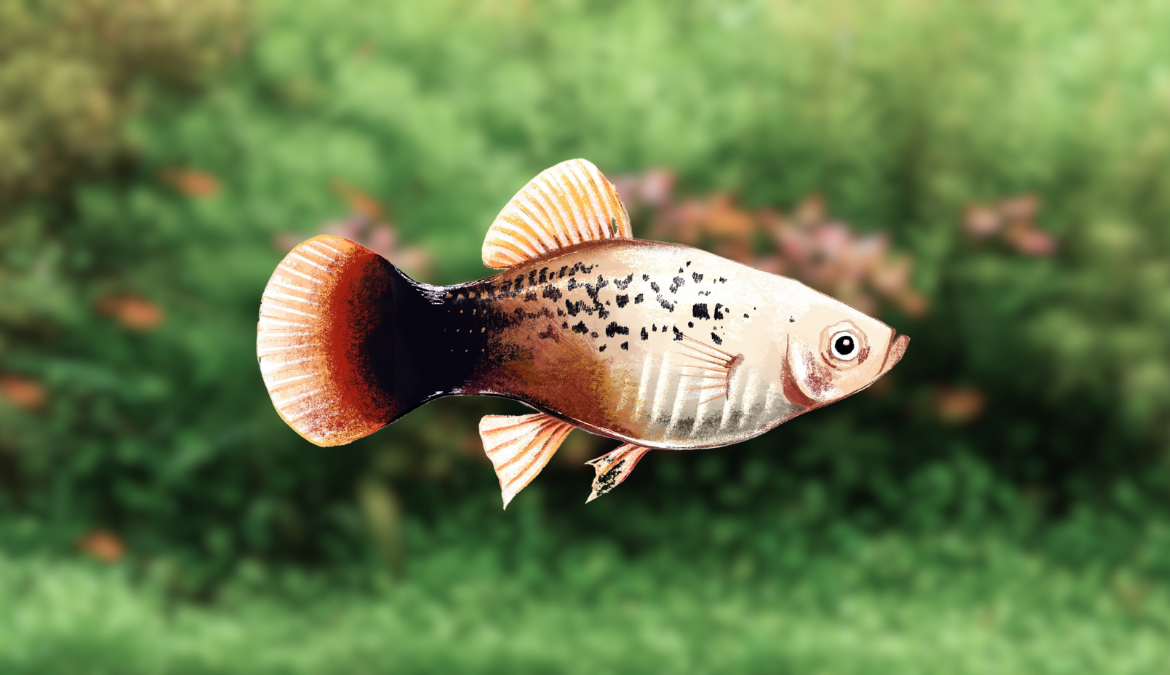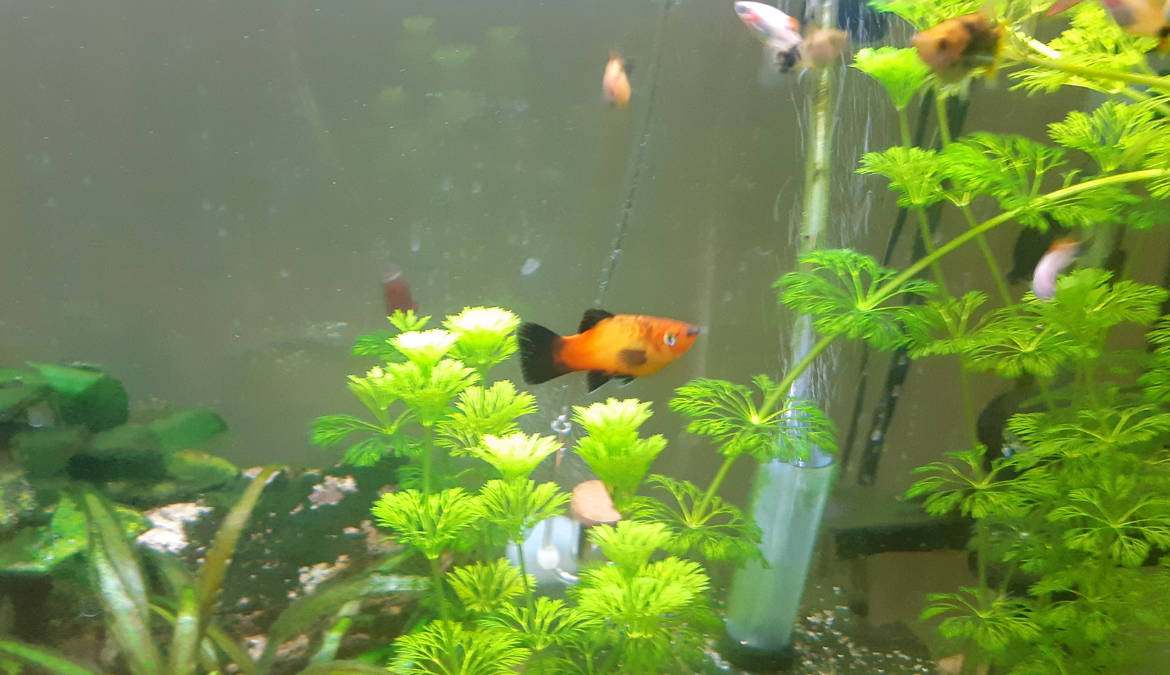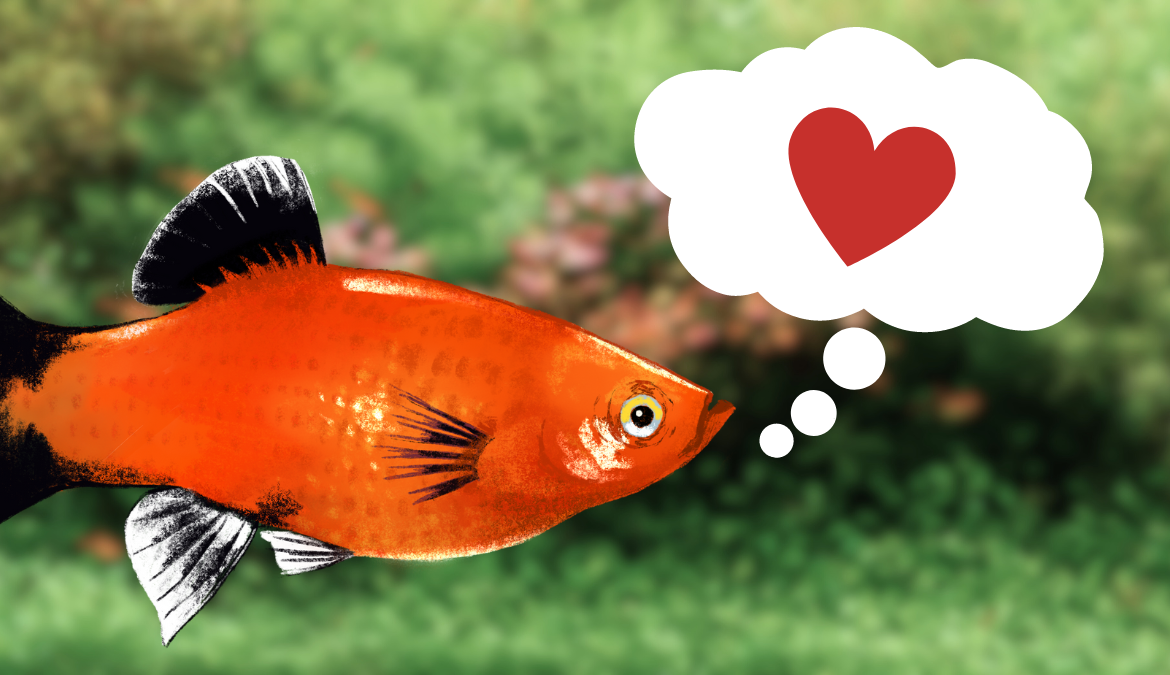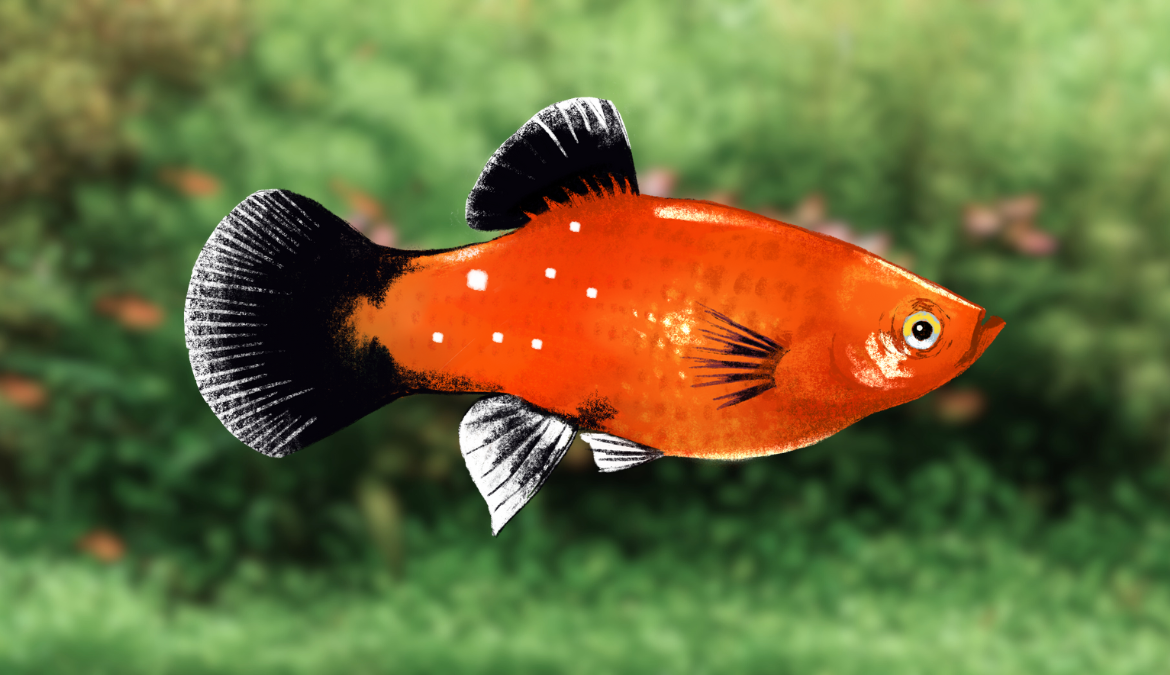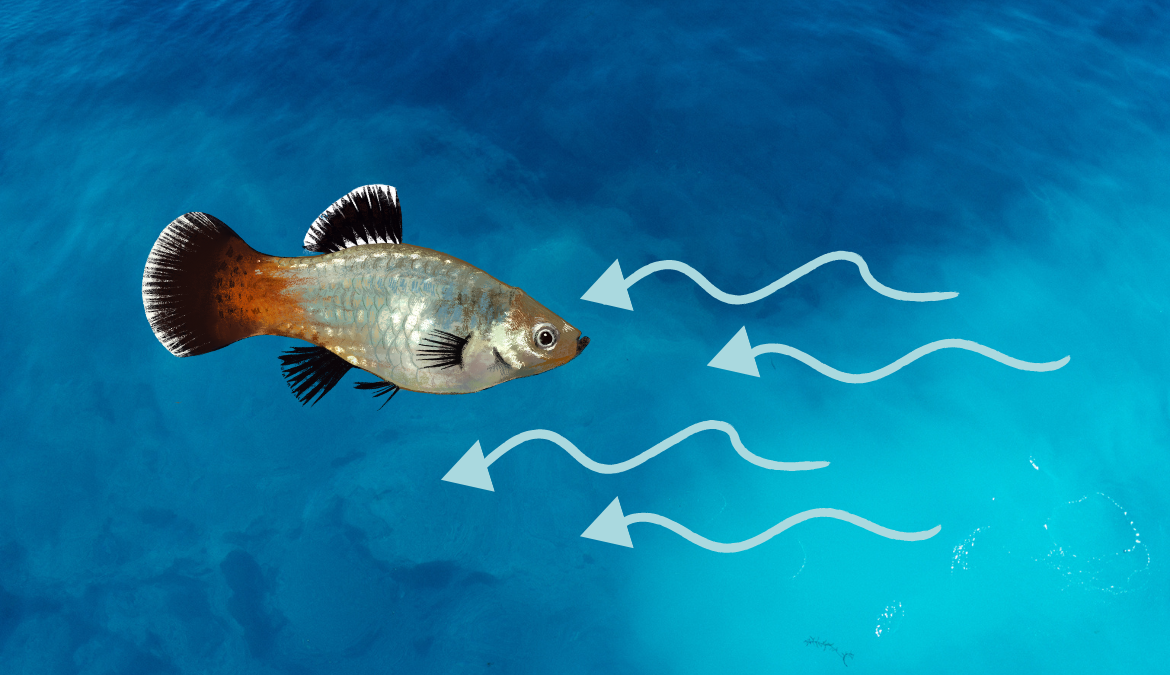Increased water movement will contribute to an aquarium’s oxygen availability, promote natural platy behavior, and prevent water stagnation. However, it’s important that the water current is slow so that it doesn’t cause stress in your fish.
This blog post explores the role of water movement and aeration in a platy fish tank, signs of insufficient aeration, methods to improve these conditions, and the selection of the right equipment.
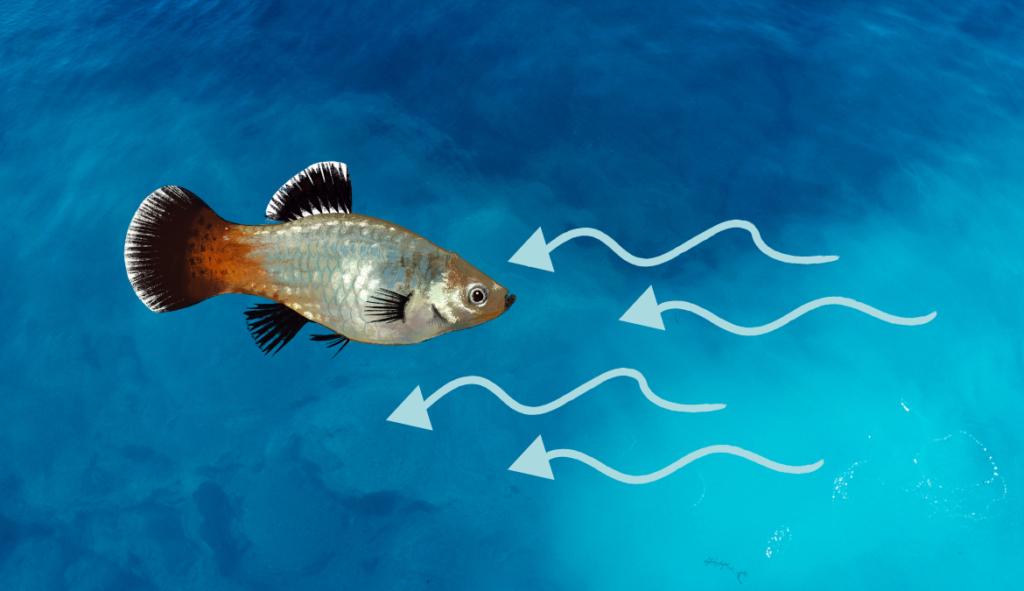
Contents
- 1 Understanding the Biology of Platy Fish and Their Water Needs
- 2 The Importance of Water Movement in Platy Fish Tanks
- 3 Signs of Insufficient Water Movement and Aeration in Platy Fish Tanks
- 4 Methods to Improve Water Movement and Aeration in Platy Fish Tanks
- 5 Choosing the Right Equipment for Water Movement and Aeration
- 6 Setting the Right Water Current for Platies
- 7 Adjusting the Flow Rate
- 8 How to Monitor and Adjust Water Movement and Aeration
Understanding the Biology of Platy Fish and Their Water Needs
Platy Fish in the Wild: Typical Water Conditions
In their natural habitats, platy fish experience a consistent current and richly oxygenated water. These freshwater fish are native to Central America, where they dwell in slow-moving streams and rivers.

Replicating these conditions in your tank will likely provide your platies with greater enrichment and natural behavors. However, these conditions are certainly not necessary and are difficult to perfectly copy.
But maybe learning about your fish’s natural habitat will inspire you to consider trying some new things with your aquarium.
So let’s continue:
How Platy Fish Breathe: The Role of Gills and Dissolved Oxygen
Platies, like other fish, breathe by absorbing dissolved oxygen from water through their gills. The process of gaseous exchange, wherein oxygen enters the bloodstream and carbon dioxide is expelled, is pivotal for their survival.
A lack of these elements can lead to hypoxia, a condition of oxygen deficiency that can severely affect fish health and behavior. It’s not common for your fish to experience hypoxia unless your tank conditions are very poor or your fish have an illness.
But water movement and increased oxygen is absolutely beneficial.
The Importance of Water Movement in Platy Fish Tanks
Promoting Gas Exchange for Oxygenation
Water movement in an aquarium plays a significant role in promoting gas exchange, a crucial factor for maintaining an optimal oxygen level.
The surface agitation resulting from water movement allows oxygen to dissolve and carbon dioxide to be released. This ensures your platy fish has a constant oxygen supply and promotes healthier fish, as illustrated in our guide on platy water parameters.
Oxygen levels below 3ppm will put your fish at risk of hypoxia.
Mimicing Natural Environments
Fish are instinctively programmed to behave in certain ways based on their natural environments. Providing a similar environment in your aquarium allows them to exhibit their natural behaviors, which can reduce stress and improve overall health.
Signs of Insufficient Water Movement and Aeration in Platy Fish Tanks
Recognizing Low Oxygen Levels
It’s crucial to recognize the symptoms of low oxygen levels, as prolonged exposure can lead to severe health complications in platy fish.
Signs include fish gasping at the water surface, less active or lethargic behavior, and a reduced appetite.
Also, your platies may hang out near the water outlets, indicating their need for more oxygen-rich areas.
Observing Stagnant Water and Algae Buildup
A lack of sufficient water movement can result in stagnant areas in your tank. These stagnant zones often become sites for excessive algae growth, leading to potential imbalances in your aquarium ecosystem.
Algae is also a symptom of other things, such as light that are too bright, lights that are on for too long during the day, excess plant fertilizer, among other nutrient imbalances.
But spotting new algae blooms should be an indication that something might need tweaking in your aquarium, with increased water movement being one of those possibilities.
You might also notice a buildup of debris or leftover food due to insufficient water circulation. Such conditions can lead to water quality deterioration.
Methods to Improve Water Movement and Aeration in Platy Fish Tanks
Using Air Stones and Diffusers
Air stones and diffusers are great tools to enhance water movement and aeration in your platy fish tank.
They release tiny air bubbles that rise to the surface, creating water movement and promoting efficient gas exchange. It’s not the bubbles being in the water that contributes to increased oxygenation, but rather the increased surface area caused by the bubbles popping at the surface.
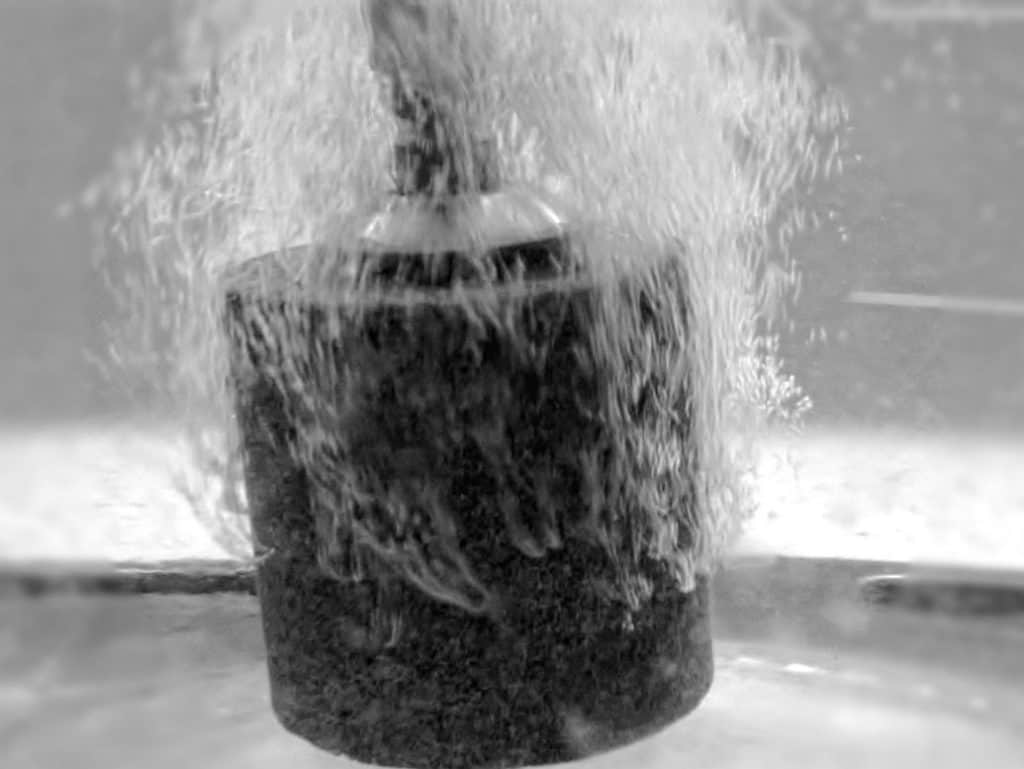
But remember, although platy fish are strong swimmers, it’s important to adjust the bubbles’ intensity to ensure it doesn’t distress your fishand cause too much turbulence in the tank.
I use a small sponge filter with and air stone in my 20-gallon tank. The air pump is what will determine how rapidly bubbles enter your tank.
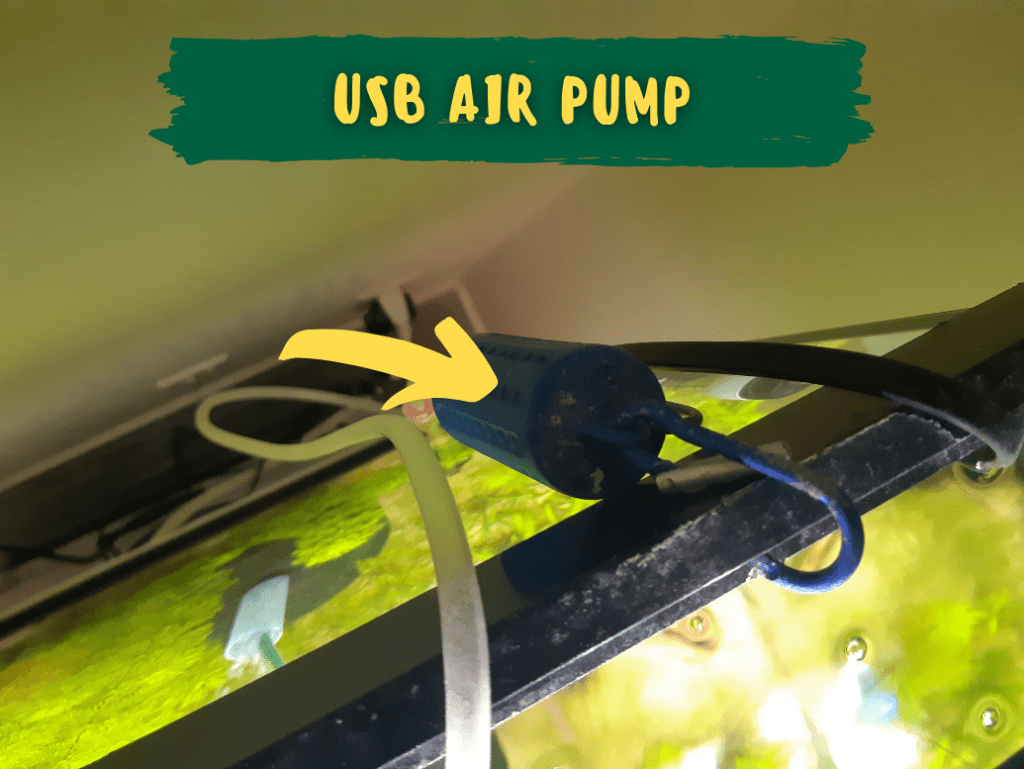
I use this small USB air pump, which is incredibly quiet and more than sufficient for my 20-gallon planted aquarium.
Implementing Powerheads and Water Pumps
Powerheads and water pumps are other equipment options to stimulate water movement, especially in larger tanks.
They mimic the natural currents that platies experience in their wild habitats. Care should be taken when setting the flow rate – a moderate current is preferred as platies don’t inhabit fast-flowing waters.
Choosing the Right Equipment for Water Movement and Aeration
Understanding the Role of Aquarium Filters
Aquarium filters not only help keep your tank clean but also contribute to water movement and aeration. The output flow from the filter disturbs the water surface, thus promoting gas exchange.
However, it’s crucial to choose the correct filter size for your tank to ensure adequate water movement without overwhelming your platy fish.
The most common filtration options are sponge filters, hang-on-the-back (HOB) filters, and canister filters.
Sponge filters will provide the greatest gas exchange because they create surface agitation. HOB filters provide the greatest flow or current inside the water column.
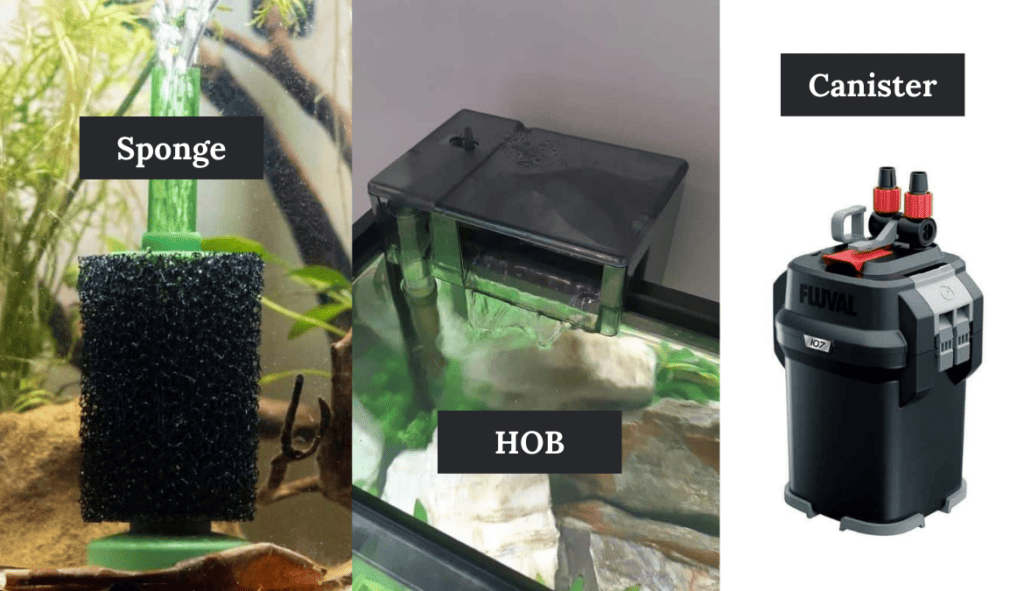
Setting the Right Water Current for Platies
Finding the Balance
Finding the right balance in water movement is a key aspect of ensuring your platies’ comfort. Too little water movement can lead to poor oxygenation and stagnant zones, while too much can stress your platies, as they prefer calm waters.
Adjusting the Flow Rate
Different devices allow you to control the flow rate to best suit your platy fish. If you notice your platies struggling against the current or hiding most of the time, it might indicate that the water flow is too strong for them.
In this case, adjusting your equipment settings to ensure a gentler water flow can greatly enhance their comfort and well-being.
It’s better to play it safe and get a low-rated wave maker or powerhead so that the current is not too strong. You should notice plants being gently pushed too their side by the current, but not laying flat.
How to Monitor and Adjust Water Movement and Aeration
Regular Observations
Regularly observing your platies and their interaction with their environment is crucial. Signs such as gasping at the surface, reduced activity, or any abnormal behavior should be promptly addressed.
Occasionally, you may need to adjust your tank settings to suit the needs of your platies better.


